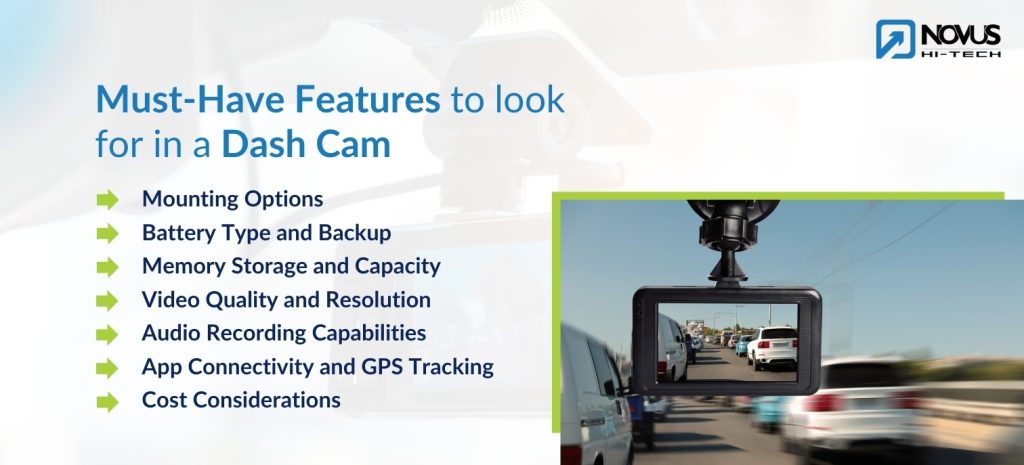

**The Influence of Dashcams and Smartphones on Contemporary Accident Reporting**
In the past few years, the rise of dashcams and smartphones has substantially altered the realm of accident reporting. These technological innovations have added new dimensions to how accidents are documented, assessed, and processed, presenting both advantages and obstacles.
**Dashcams: A Fresh Eyewitness on the Road**
Dashcams, also known as dashboard cameras, have gained immense popularity among drivers globally. These gadgets consistently record the view through a vehicle’s front windshield and sometimes include rear or interior perspectives. The main benefit of dashcams is their capability to deliver an impartial, real-time account of occurrences leading up to and during an accident. This footage can be vital in establishing liability, as it provides clear proof that can either support or contradict eyewitness testimonies and driver accounts.
Insurance firms have acknowledged the significance of dashcam footage in speeding up claims procedures. By supplying clear evidence of the situation surrounding an accident, dashcams can assist in settling disputes more swiftly, possibly decreasing the time and expenses related to prolonged investigations. Additionally, the existence of a dashcam may dissuade fraudulent claims, such as staged collisions, as wrongdoers know their actions are being filmed.
**Smartphones: The All-Pervasive Documentation Device**
Smartphones have transformed accident documentation by placing powerful cameras and communication tools into the hands of almost every driver and pedestrian. Following an accident, individuals can rapidly capture images and videos of the scene, including vehicle placements, road conditions, and any visible damages. This immediate documentation can be essential in safeguarding evidence that may otherwise be modified or lost over time.
In addition to capturing visual evidence, smartphones facilitate instant communication with emergency services, insurance providers, and legal representatives. Numerous applications are specifically designed to assist users in the process of recording an accident, ensuring that all necessary information is gathered efficiently and accurately.
**Legal and Privacy Issues**
Although dashcams and smartphones provide considerable benefits in accident documentation, they also raise crucial legal and privacy issues. The admissibility of dashcam footage in court can differ by jurisdiction, with certain areas implementing strict regulations regarding the use of such recordings. Likewise, the use of smartphones to capture accident scenes must be balanced with privacy considerations, particularly when recording individuals without their consent.
Data protection regulations, such as the General Data Protection Regulation (GDPR) in Europe, impose stringent guidelines on how personal data, including video footage, may be utilized and shared. Drivers and pedestrians must be mindful of these regulations to ensure compliance and avoid potential legal issues.
**Conclusion**
The incorporation of dashcams and smartphones into modern accident documentation has unquestionably improved the precision and effectiveness of recording and resolving traffic incidents. These technologies furnish critical evidence that can assist in determining fault, speeding up insurance claims, and deterring fraudulent actions. However, users must navigate the legal and privacy challenges linked to fully harness the advantages of these tools. As technology continues to advance, it is probable that dashcams and smartphones will play an even more vital role in influencing the future of accident documentation.



![Donald Trump Utilizes Armored Golf Cart Called "Golf Force One" [VIDEO]](https://ayuramotors.com/wp-content/uploads/2025/08/donald-trump-utilizes-armored-golf-cart-called-golf-force-one-video-300x169.jpg)


